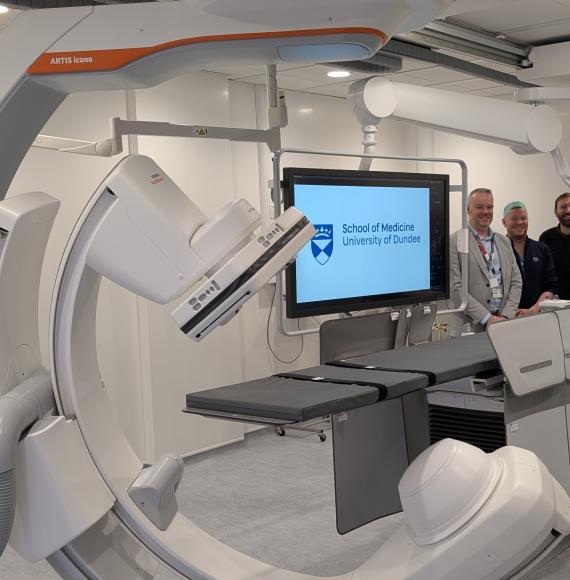When he signalled his intention to “reinvigorate the foundation trust model”, Wes Streeting opened a new chapter in the long-running debate about how best to set up the provider sector for success.
This will inevitably play out in the pages of the 10-Year Health Plan, and in the detailed implementation work that will follow, including via primary legislation.
So it’s a good time to consider the FT model in the context of the plan’s aims, and the challenges facing the NHS today.
The foundations
The philosophy behind the FT model is that robust boards are best equipped to take decisions that improve local services and drive innovation, and that you can encourage good financial management by enabling the benefits it brings to be felt locally.
In a word: subsidiarity. Mr Streeting was right to express concerns about a “bureaucratic culture of excessive micromanagement”. Strong local leadership is always a better bet.
As they reinvigorate the model, ministers will need to consider: how will they safeguard FTs’ autonomy; how will they set the bar for awarding these freedoms; and how will they reconcile autonomy with the role of the centre?
Autonomy
The FT model was built on independent oversight (initially by Monitor, the FT regulator), and local accountability to governors, who are not answerable to ministers, and who legally appoint chairs and non-executive directors, and can remove them. This infrastructure was there to safeguard FTs’ autonomy: the secretary of state and Department of Health were intentionally not part of the picture.
Monitor initially assessed FTs for competence and then broadly backed the subsidiarity principle, leaving FTs free to run their own affairs. Many years of policy change have compromised this vision: FTs no longer feel materially more independent from the centre than NHS trusts, and Monitor’s regulatory duties have been transferred, first to NHS Improvement and then to NHS England.
While NHSE has a sweeping and arguably conflicted set of duties spanning commissioning and regulation, it remains an arm’s length body. Its abolition raises an important question: can you get the benefits of subsidiarity without an independent body providing regulation and oversight, at arm’s length from ministers?
Clearing the bar
In his recent speech to Confed Expo, Mr Streeting promised freedoms and flexibilities would be restored to the “best performing” FTs. This touches on two more vital issues for ministers to consider: will these freedoms be available only to existing FTs (or a new form of FT), or will they simply give FT-style freedoms to those that clear the bar? And, how will they set the bar?
A regime in which FT-style freedoms can be earned via good performance on a range of metrics, for example, would be very different to the original assessment process for FTs, which had more emphasis on corporate governance and board capability. It would also raise questions about what to do if performance dips.
Mr Streeting’s comments also imply the revival of FT freedoms as an incentive for trusts to improve. Has the lack of this incentive held back improvement in recent years, or have other factors got in the way?
And, if those freedoms and flexibilities bring benefits to some organisations – and those they serve – but not others, will ministers be content with the variation that will result?
Policy priorities
The original FT concept mixed capital incentives, a clear operational and financial task supported in the acute sector by payment by results, and autonomous boards being empowered to take decisions locally.
Some of the challenges that this setup was designed to fix 20 years ago still apply: the need for robust financial management and improvements in productivity and patient experience are as relevant as ever.
But the context has, pardon the pun, shifted: the FTs of the 2000s were not tasked with implementing the government’s three shifts towards a more community-based, prevention-focused, digitally-enabled NHS. There is no contradiction between autonomy and the collaboration needed to deliver the shifts to community and prevention. But the old policy framework won’t work, so we will need a new one that will encourage autonomous FTs to drive today’s policy aims.
The FT model featured a set of incentives, freedoms, and flexibilities – and these came with autonomy for boards, and a willingness from politicians to stand back. Put together, this is the heart of the subsidiarity principle.
As they seek to reinvigorate the FT model to meet the 10-Year Health Plan’s ambitions, and as they consider how NHSE’s duties will be reallocated after its abolition, ministers will need to find a new way to balance local autonomy with central direction.


















